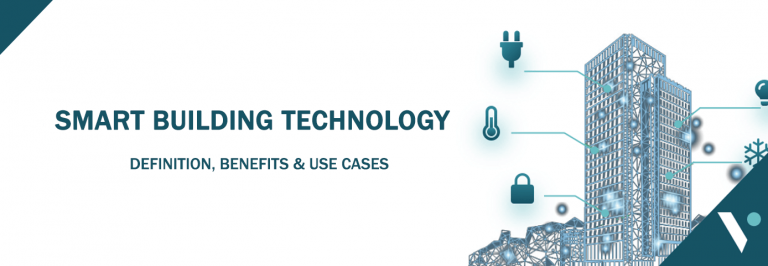
Introduction:
Smart building technologies are revolutionizing the way we design, construct, and manage buildings. This article delves into the various facets of smart building technologies, exploring their benefits, applications, and the transformative impact they have on the efficiency and sustainability of modern structures.
Understanding Smart Building Technologies:
At the core of smart building technologies is the integration of advanced systems and sensors to enhance the overall performance of buildings. These technologies go beyond traditional construction methods, incorporating intelligent systems that optimize energy usage, improve security, and create a more comfortable and responsive environment for occupants.
Energy Efficiency and Sustainable Design:
One of the primary advantages of smart building technologies is their contribution to energy efficiency and sustainable design. Smart buildings utilize sensors and automation to monitor and control energy consumption, optimizing lighting, heating, ventilation, and air conditioning (HVAC) systems. This not only reduces energy costs but also aligns with global efforts to create more environmentally friendly and sustainable structures.
IoT and Connectivity in Buildings:
The Internet of Things (IoT) plays a pivotal role in smart building technologies, facilitating seamless connectivity and communication between various building systems. IoT-enabled devices and sensors collect real-time data, allowing for intelligent decision-making and enhancing the overall operational efficiency of the building. This connectivity fosters a more responsive and adaptive environment.
Enhanced Security and Safety Measures:
Smart building technologies enhance security and safety measures through integrated systems. Surveillance cameras, access control systems, and sensors work together to monitor and respond to potential security threats. Additionally, automated emergency response systems can be implemented, ensuring a swift and coordinated reaction to unforeseen events, ultimately creating a safer environment for occupants.
Occupant Comfort and Experience:
Creating a comfortable and enjoyable experience for building occupants is a key focus of smart building technologies. Automated climate control, personalized lighting preferences, and smart space utilization contribute to a more pleasant and productive environment. Occupants can have greater control over their surroundings, leading to improved satisfaction and well-being.
Predictive Maintenance and Asset Management:
Smart building technologies enable predictive maintenance by continuously monitoring the condition of building components and systems. Through data analytics and machine learning algorithms, building managers can predict when equipment is likely to fail and schedule maintenance before issues arise. This proactive approach extends the lifespan of assets and reduces unexpected downtime.
Cost Savings and Return on Investment (ROI):
While the initial investment in smart building technologies can be significant, the long-term benefits often outweigh the costs. The energy savings, operational efficiencies, and reduced maintenance expenses contribute to a favorable return on investment. Smart buildings are not just a modern trend; they are a strategic investment in the longevity and financial sustainability of a property.
Challenges and Implementation Considerations:
Despite the numerous advantages, the implementation of smart building technologies comes with its set of challenges. Concerns related to data security, interoperability of systems, and the need for skilled professionals to manage these technologies are areas that need careful consideration. Overcoming these challenges is crucial for the successful adoption of smart building solutions.
Integration with Sustainable Construction Practices:
Smart building technologies align seamlessly with sustainable construction practices. From the use of eco-friendly materials to energy-efficient designs, the integration of smart technologies enhances the overall sustainability of the construction industry. This alignment supports the broader goal of creating environmentally responsible and resilient structures.
Conclusion and Future Outlook:
Smart building technologies are shaping the future of construction and building management. To explore more about the transformative impact of these technologies, visit Smart Building Technologies. As the industry continues to innovate, the integration of smart technologies will become increasingly integral to creating intelligent, efficient, and sustainable buildings that meet the evolving needs of our modern world.



